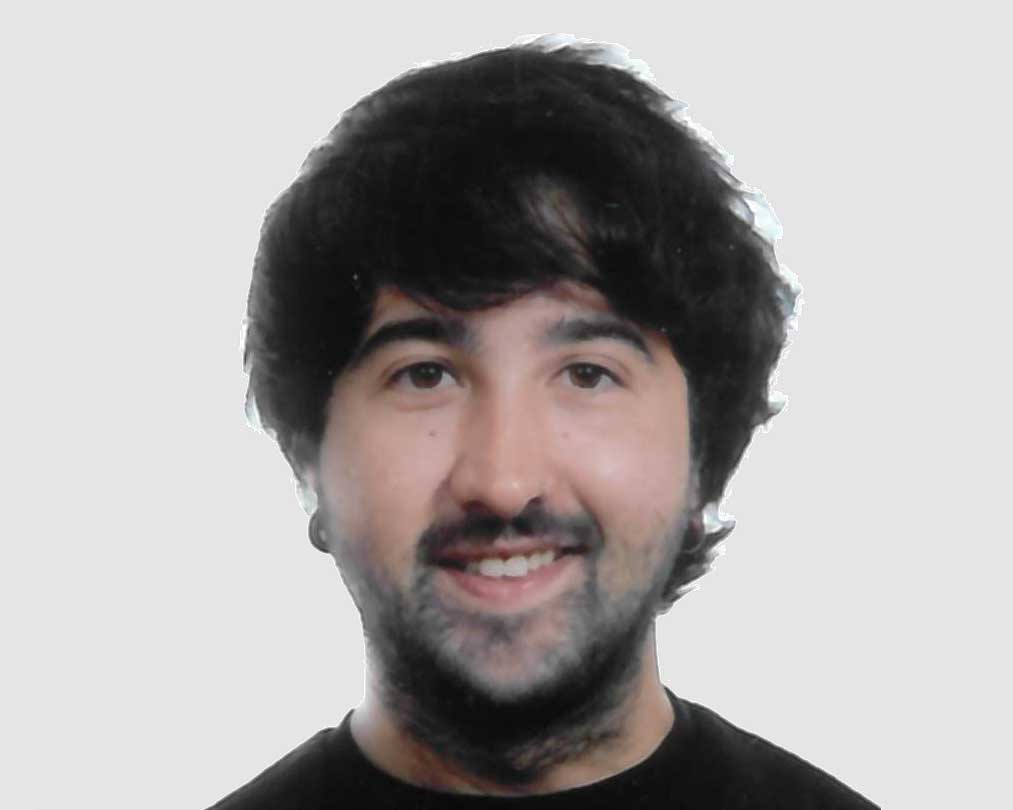Hector Flores Romero
Principal Investigator
Ikerbasque Research Fellow

Research groups:
Contact
Email:Hector.Flores@achucarro.org
Tel.:(+34) 94 601 8271
Science Park of the UPV/EHU
Sede Building, 3rd floor, Barrio Sarriena, s/n
E-48940 Leioa Spain
About me
Publications
-
Novel meriolin derivatives activate the mitochondrial apoptosis pathway in the presence of antiapoptotic Bcl-2
Cell Death Discovery (Mar, 2024) DOI: 10.1038/s41420-024-01901-y


